Eating for kidney health
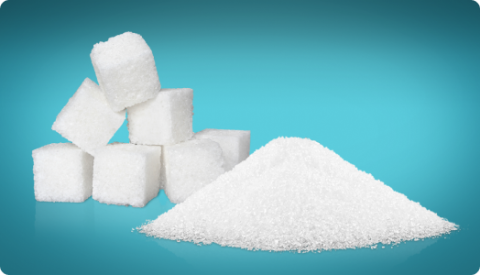
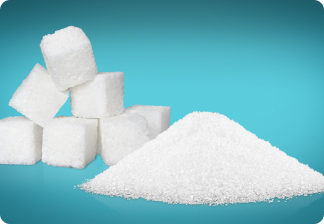
Limit salt and sugar
Reducing salt intake is the easiest way to reduce oedema (swelling caused by a build-up of fluid) and lower your blood pressure.4
Many shop-bought ready meals use an unhealthy amount of salt and sugar, so try to cook with fresh ingredients when you can – but don’t worry when you really can’t.5
Reducing the amount of sugar in your diet can really help if you have diabetes.6 Try to avoid fruit juices and sugar-sweetened drinks.6
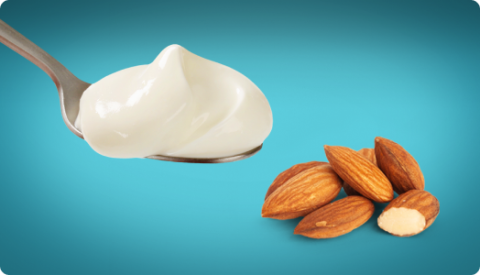
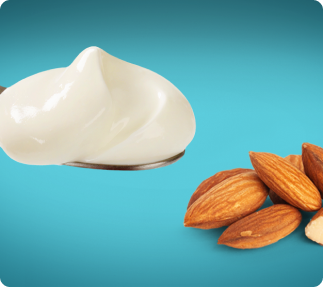
Reduce saturated fat
A low-fat diet can help you avoid high levels of fats (lipids) in the blood.4 However, saturated fats are found in butter, chocolate, cream and other “treat” foods, so it can be difficult to cut them from your diet altogether.7
Instead, try occasionally swapping chocolate or crisps for a low-fat yoghurt or unsalted nuts.7 As you get used to these little changes, you can gradually make more.
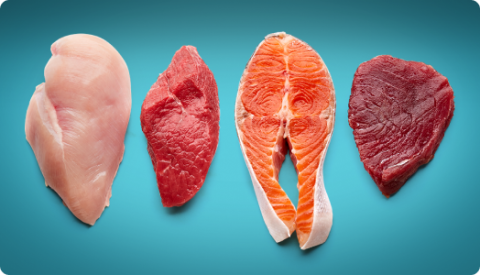
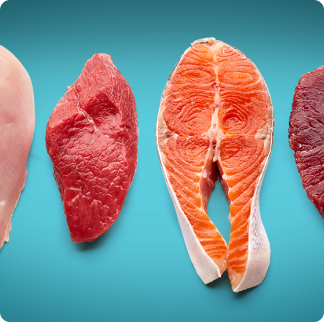
Low protein diets
There is some advice online that recommends limiting the amount of protein you eat if you have IgA nephropathy.8,9 However, we need protein for overall health, muscle maintenance and to fight infections.8,10 It’s therefore best to aim for a moderate, rather than low, protein intake.9 Each patient should have personalised nutritional therapy, based on their nutritional status, their values and individual causes of proteinuria as well as any comorbidities.3 Talk to your doctor or nurse before making any changes to the protein levels in your diet.8
Alternative diets
Research is ongoing into different diets and their long-term effects on IgA nephropathy.10,11
Plant-based eating, with a focus on fruits, vegetables and fibre, may prevent or delay end-stage renal disease, especially in people with conditions such as obesity, hypertension, or diabetes.12,13 New research is also looking at the benefits of eliminating gluten from the diet in helping manage IgA nephropathy.11
Also bear in mind that while there’s a lot of talk online about diets like keto and paleo, there’s currently no evidence that they have any benefits for this condition.14,15
Changing your diet
Your dietary needs may change as your kidney health changes.5 For example, you may need to reduce the amount of potassium and phosphates in the food you eat.5 Always ask your doctor or nurse for advice before making these changes. You can ask them to refer you to a dietitian who can help you change your diet the right way.3
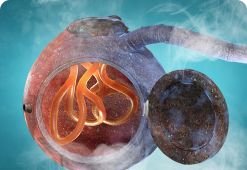
About IgA nephropathy
Watch to learn more about your condition.

Symptoms of IgAN
Understand the signs and symptoms of IgA nephropathy.

Living with IgAN
Learn how you can empower yourself to live as well as possible.
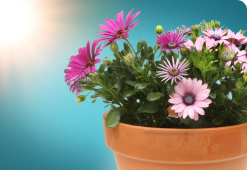
IgAN and mental health
However you might be feeling, you’re not alone. Find support here.